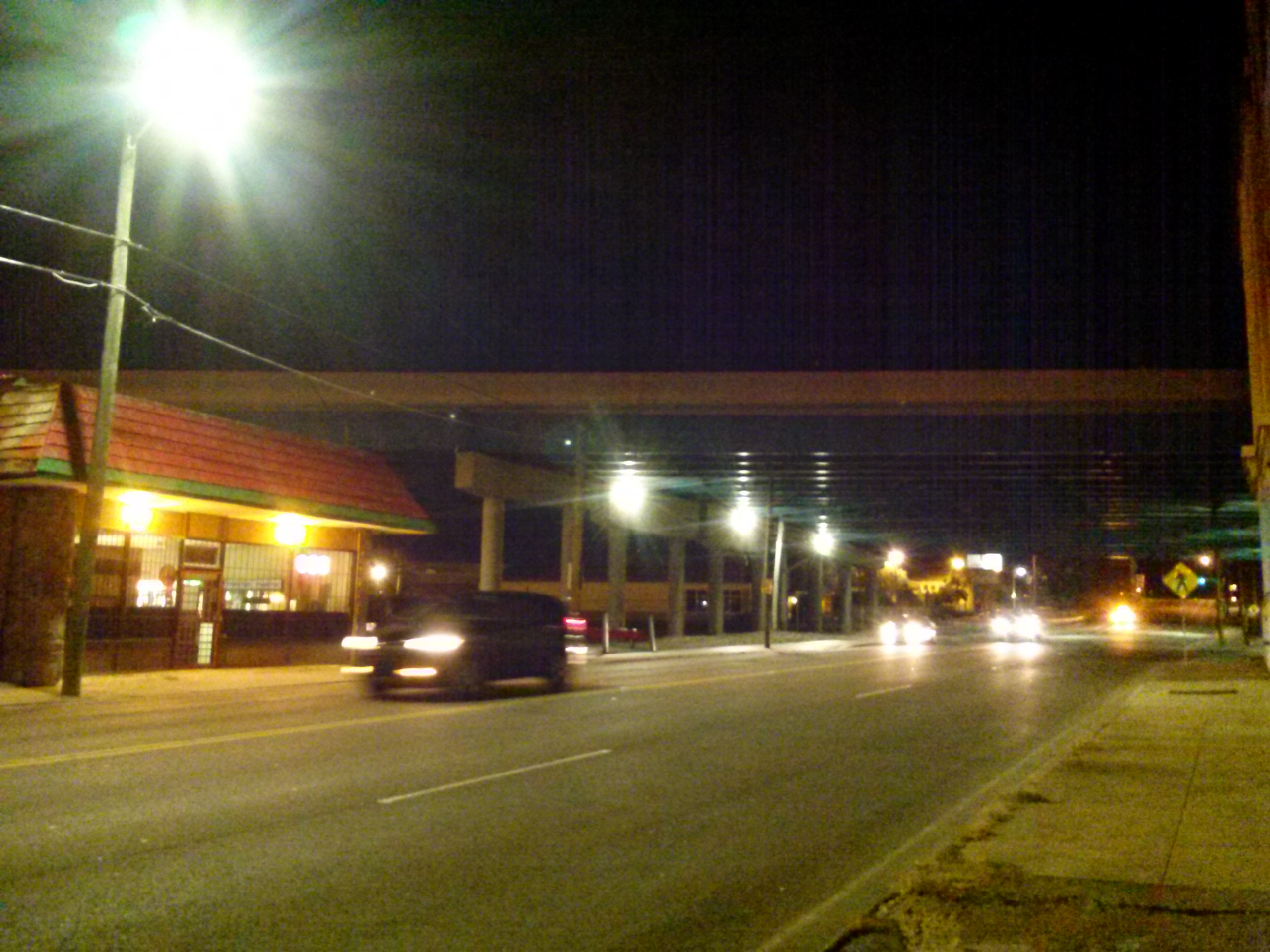Homelessness impacts Knoxville

The slow, progressive guitar of The Animals’ “House of The Rising Sun” came through my car’s speakers as I pulled into a Knoxville parking garage. My mission was to find my friend Stanley hanging around Market Square. Stanley is a nice guy. He’s about 6 feet tall, red headed, 22 years old and homeless.
I first met Stanley near the end of the Summer. I had just taken some bad news and went downtown to clear my head when Stanley approached me and asked me for food. I obliged him and told him about my situation. He replied by telling me that I needed to remember the blessings in my life: I have a home, an education and a family that cares about me.
Stanley, unfortunately, doesn’t have any of those things. He was kicked out of his house when he turned 18 and has been dealing with homelessness ever since.
Stanley doesn’t hang around Market Square anymore, but through my search for him I met a man named Jerry who was kind enough to open up to me about his experience with homelessness.
Jerry is 47 years old with two children. Originally from Atlanta, he was homeless for four years. He lived in a tent for the majority of that time.
Due to this, he has developed several health problems, primarily in his lungs. Jerry recently began renting an apartment after getting back on his feet with the help of people who work with the homeless in Knoxville.
Jerry said the worst part about being homeless is loneliness. “Being by yourself, stuck with nobody . . . It’s humiliating.”
Humiliation and shame are a large part of why many homeless people don’t seek meaningful help. In regards to this, Jerry said that the best thing a homeless person can do is try to fix their situation themselves.
“Not all homeless people are bad. There are a lot who are trying to better themselves. But it’s a long hard process, and it’s one they have to accomplish themselves,” said Jerry.
There are many resources in Knoxville that help the homeless, such as Cherokee Health Systems.
Cherokee Health Systems was founded in 1960 as a mental health clinic that later expanded across 15 counties and became an integrated community healthcare system where “no one is ever denied treatment due to an inability to pay.” The clinics serve over 65,000 poor and uninsured people in East Tennessee.
Jerry mentioned Matt Tillery, who worked for them and helped him, so I reached out to Tillery and met him at their Health Care Clinic on Fifth Avenue.
The largest health problems facing the homeless are diabetes and hypertension. Tillery said this is due to the inability of low income people to pick a more nutritious diet.
The main health system offered for low-income and homeless people is called indigent care, a system that functions similar to insurance. This program pays many copays and other medical expenses someone with low income might have.
Cherokee Health Systems helps a great deal with these expenses and is able to provide quality care for their patients with the stipulation that no narcotic drugs be prescribed.
“[Homelessness] is certainly an ongoing issue. I appreciate Mayor Rogero’s efforts to end homelessness,” said Tillery. “It’s going to take the entire community to belly up to the table and fix the problem.”
“Homelessness is the symptom of larger problems and takes a comprehensive approach . . . But with the leadership in the community we’re on the right track,” said Tillery.
He added that although Cherokee Health Systems isn’t really a volunteer-oriented service, they’re certainly open to donations and pointed out several organizations in Knoxville that do take on volunteers: KARM, Volunteer Ministry Center and Lost Sheep Ministries, among others.
As I left Cherokee Health Systems, I realized that Tillery and Jerry were saying similar things, just looking at it from different perspectives.
Jerry said that the homeless have to help themselves and use the resources available. Tillery said that the resources themselves need a comprehensive approach in order to maximize their effect.
They’re both right, and with a little more effort we can achieve what Tillery called a “functional zero” where chronic homelessness is ended.
Everything considered, things are looking up for Jerry. He now has a home and his children are coming down from Vancouver. He even “face-chatted” with his 12-year-old daughter. As I was leaving he called out to me, “Make sure you get me a copy of this when it goes out!” And I certainly will.

